Table of Contents
- From Traditional Teaching Methods to Inclusive Methods
- Pedagogical Approaches of Modern Teaching Methods
- Inclusive Pedagogy
- Practical Implementation Strategies for Inclusive Pedagogy
- Identify Learning Styles
- Classroom Settings
- The Flipped Classroom
- Peer Support
- Active Learning
- Digital Tools and Their Role in Modern Education
- The Role of School Administrators
- Role of Parents
- Role of NGOs
- Conclusion
Traditional teaching methods are fading away, getting replaced by modern teaching methods and classrooms. This revolution in the pedagogical approach results in an inclusive classroom environment where all the kids are given value. There is no segregation for any disabled kid. Moreover, modern teaching methods are preparing kids for the 21st-century workplace.
How are they doing it? What is inclusive pedagogy and how educational stakeholders can embrace it? We are going to discuss it in this blog.
From Traditional Teaching Methods to Inclusive Methods
Traditional teaching methods were initially used but after the introduction of technology in the classroom, this method is fading. This strategy is applicable in a physical classroom setting where the teacher is a “know-it-all” source and kids have a “not-known-at-all” role. Teachers are in the control of setting curriculum, methodology and classroom settings. The rote memorization method is prominent in traditional settings and is not suitable for everyone. So, kids with learning or physical disabilities are treated as “other kids” in traditional settings and they are segregated from their peers. Moreover, this method doesn't focus on building skills in the kids because its focus is on completing the curriculum.
This scenario changes due to the pandemic. The whole world shifted to online classes where there is a need for modern teaching methods. In it, students are the center of education and teachers are here to facilitate them. Different pedagogical approaches become a part of modern teaching methods.
Pedagogical Approaches of Modern Teaching Methods
The Constructivist approach is one theory that believes kids are active learners and they can explore the world around them. Teachers just make some activities that facilitate their learning.
Another one is the Collaborative approach which believes kids should work together in groups. This approach includes every kid even if they have any sort of disability.
In the Inquiry-Based approach, teachers give critical questions to students so that they can research, investigate and explore things. It will develop their critical thinking abilities.
Another one is the Integrative approach. It allows students to connect different bits of information they learn in their curriculum to solve or understand any phenomenon. It enables them to apply their knowledge to the world.
Inclusive Pedagogy
The inclusive pedagogy framework was introduced by the Salamanca Statement and Framework of Action, NCF and RTE. It makes sure to give equal opportunities to kids with learning and physical disabilities in the classroom. It makes sure that students make a group to learn in place of segregating someone. It ensures that all students are respected and have access to general knowledge.
To apply this framework in the classroom, teachers need to modify their teaching methods. For this, they need to keep the individual needs of students in their mind. They need to keep the personal learning styles and environmental consequences of the learners in mind when designing the curriculum or teaching it.
Practical Implementation Strategies for Inclusive Pedagogy
We are going to discuss some general strategies and ideas for activities teachers can apply in inclusive classrooms.
Identify Learning Styles
Every individual has different learning styles. For example, some students are kinesthetic and love learning from hands-on training. Auditory learners love long discussions. Linguistic learners love engaging with the words while visual learners want to learn through visuals. Some of the students will also have learning disabilities. If you will spend quality time with your learners, you will identify their learning styles.
Now, you need to make activities by taking care of every person's needs. For example, you can give group projects where visual students can do the graph work, linguistic learners can do the writing work, auditory learners can understand and explain the model and kinesthetic students can create the model. These types of activities will ensure that everyone collaborates and takes help from each other's abilities.
Classroom Settings
Classroom furniture should be easy to move around. So that students can sit in groups for different types of activities. This change in classroom settings can foster a sense of community in the students.
The Flipped Classroom
In flipped classrooms, you can give resources to students to study from home and you all can discuss it in the classroom. Students can ask questions related to the material or you all can play different games or do different activities in the classroom in place of delivering lectures.
Peer Support
A lot of teachers have faced the issue of prejudice and weird attitudes of students toward their disabled peers. To deal with this issue, you can create a peer support network. You can make a group of two students in which both of them will teach each other and help in doing assignments and projects. This peer support can build a sense of community in the classroom.
Active Learning
You should make sure to apply different active learning activities in the classroom. It includes open questioning, project-based learning and collaborative learning. You should make sure to add gamification elements in the classroom so that students will remain active and interact to learn.
Digital Tools and Their Role in Modern Education
Modern education has become possible due to EdTech. Teachers can use multimedia, social media apps and other educational software in the classroom to provide personalized and inclusive learning.
For example, you can use podcasts through multimedia in the classroom for auditory students. Kinesthetic students can benefit from Argumentative Reality software such as Foxar. Teachers can make personalized curriculums through different apps such as EduPhoria. It saves teachers’ time and lets them do lesson planning that meets the needs of each student.
For active learning, you can use different interactive games such as Quizizz and Kahoot in the classroom. To foster a sense of community, you can use different social media apps such as Padlet. For flipped classrooms and inquiry-based learning, you can give various online resources to students to learn. There are platforms such as PDF drive and ResearchGate from where students can get free resources. Teachers can also use Google Docs to give feedback and Zoom to have online classes and meetings.
The Role of School Administrators
The US Department of Education reports that almost one million students don't have access to an inclusive curriculum. And, if they have, a lot of kids don't have a supportive school environment. Different researchers have also pointed out that inadequate teacher training and school environment are hurdles in providing inclusive pedagogy to students.
So, schools should address these issues and provide adequate teacher training, resources and technological tools to apply inclusive pedagogy in the classroom. They should make sure to promote a positive environment in the school where all kids are given full opportunities.
Role of Parents
A parent of a seven-year-old kid who has learning disabilities shared on LinkedIn how her kid faced bullying, weird attitudes and prejudice from other kids. Parents should take steps regarding it by building a positive attitude in their kids related to students with learning disabilities. Moreover, parents should help their kids by providing all the tech tools and resources they need for personalized learning.
Role of NGOs
Different researchers have pointed out that schools don't have essential funds for applying inclusive pedagogy in the classroom. So, NGOs can help them in raising funds. Moreover, they can collaborate with different schools to teach parents, teachers and students about inclusivity.
Conclusion
So, inclusive pedagogy is the future of education because it enables students to get access to equal education opportunities. It is teaching them essential skills such as problem-solving, cooperation, leading, critical thinking, self-discipline and a lot more soft skills that are essential to survive in the 21st century. So, all educational stakeholders should recognize their roles and responsibilities and take suitable actions to apply inclusive pedagogy in every classroom and school.







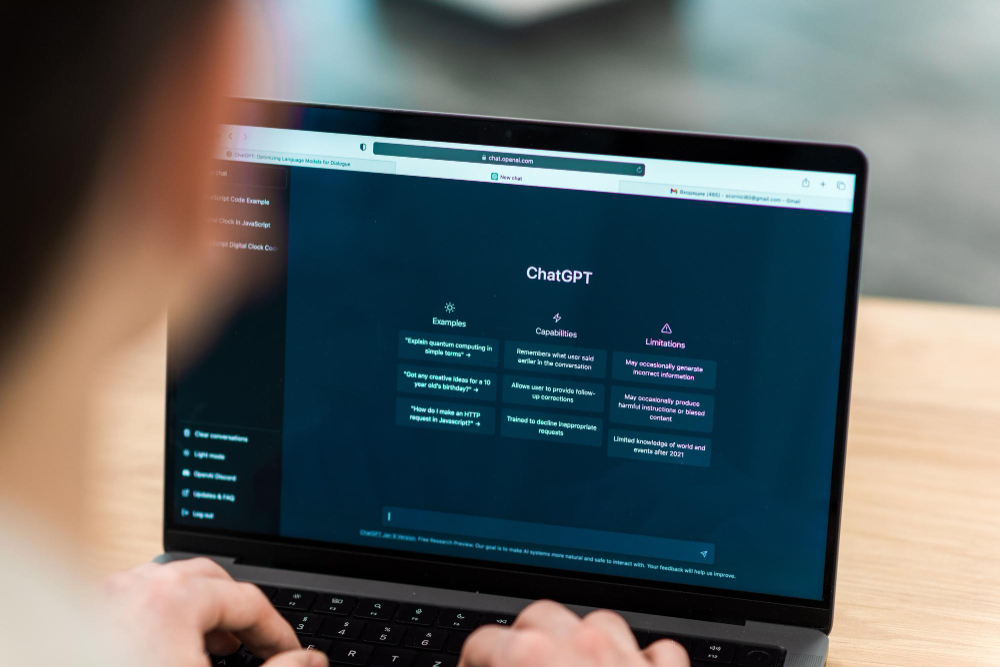


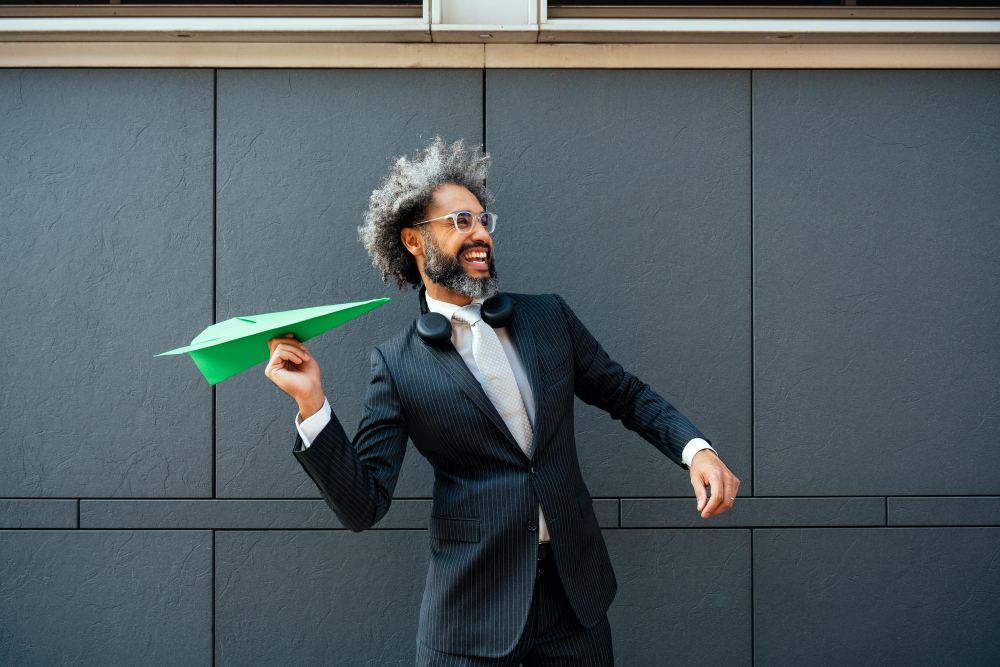




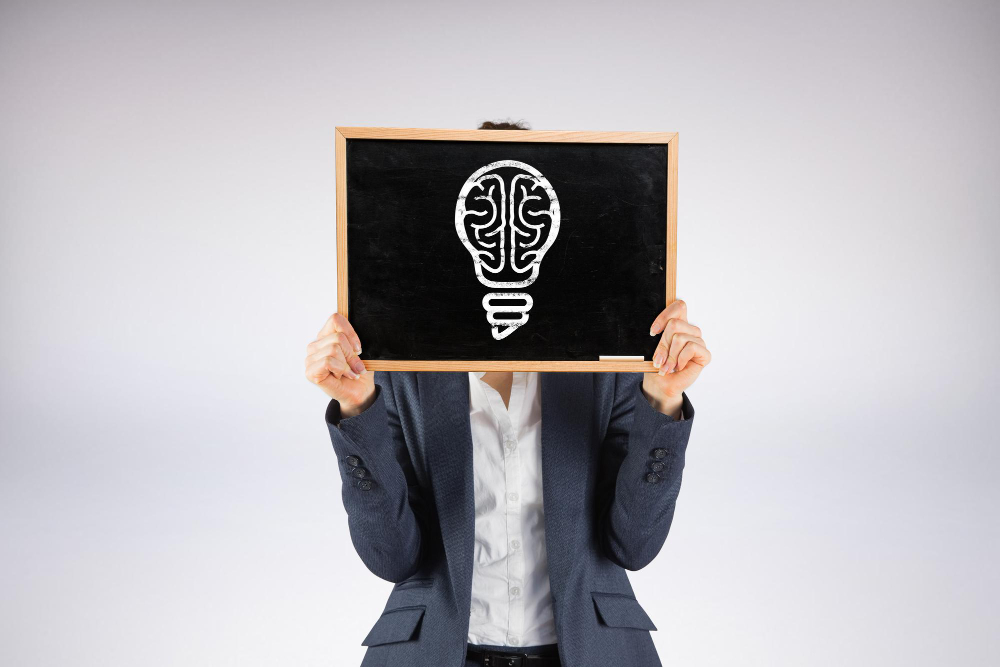
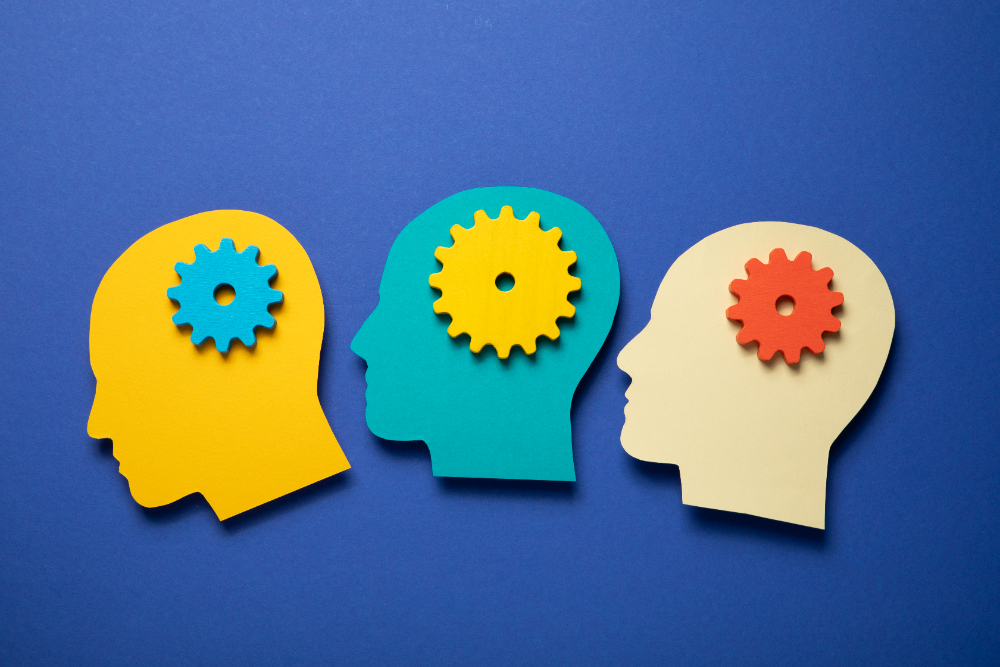



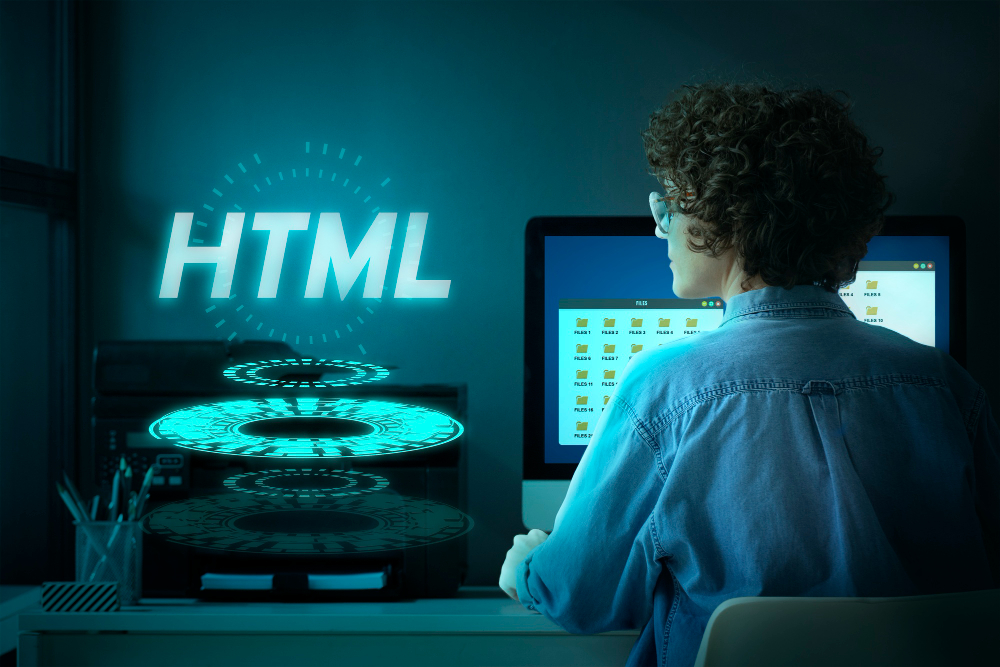


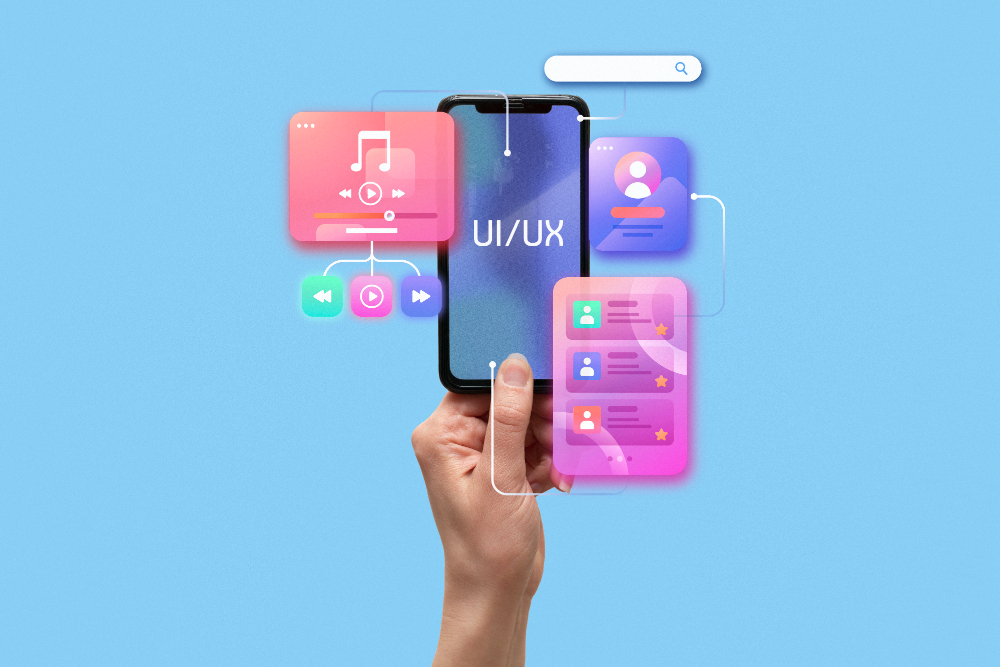
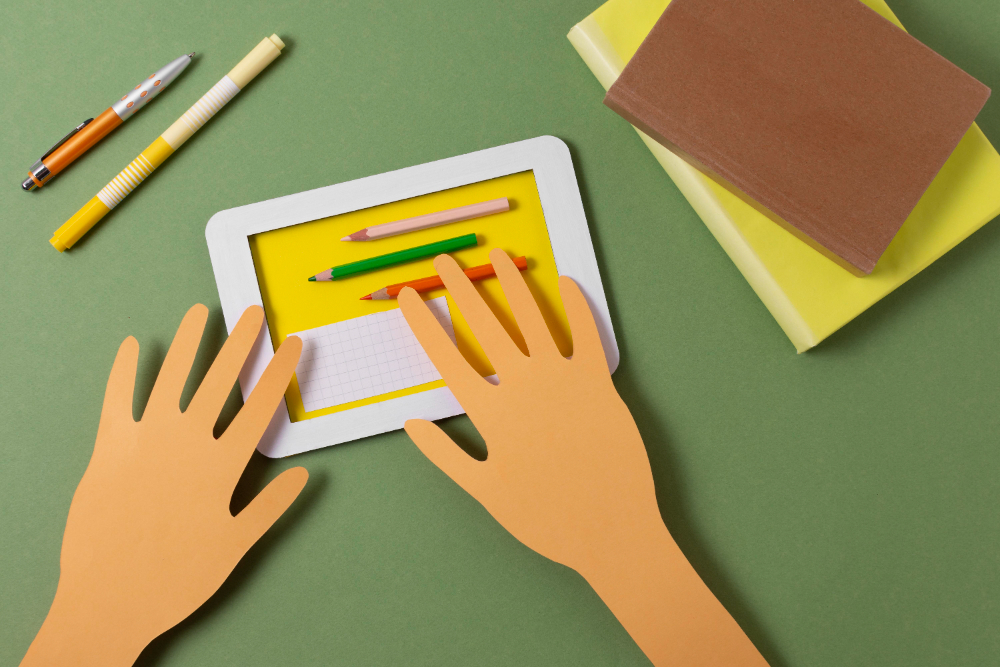


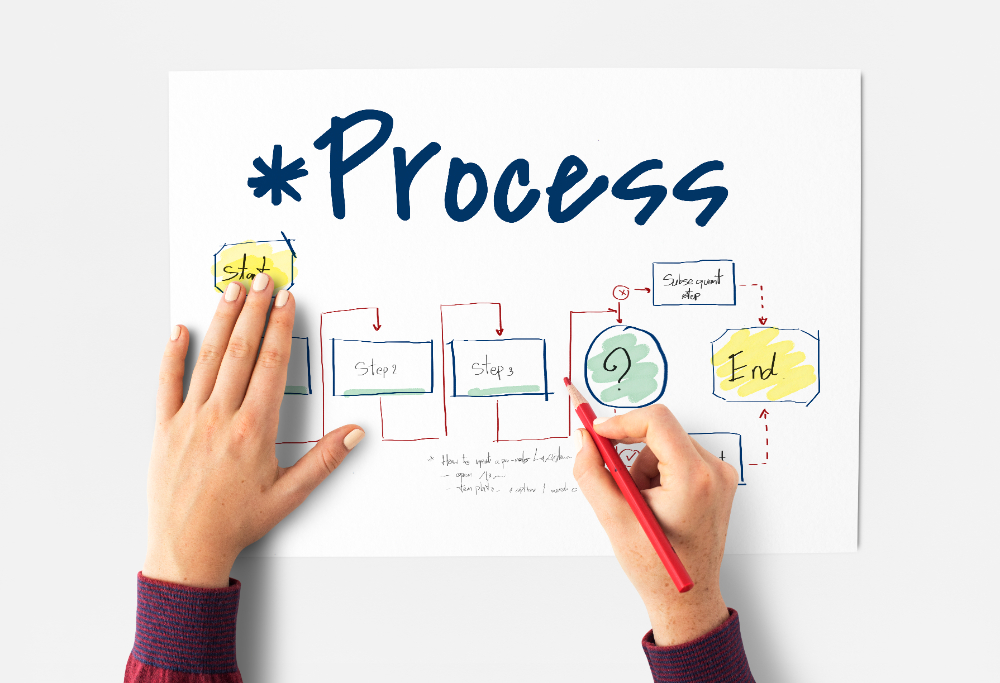


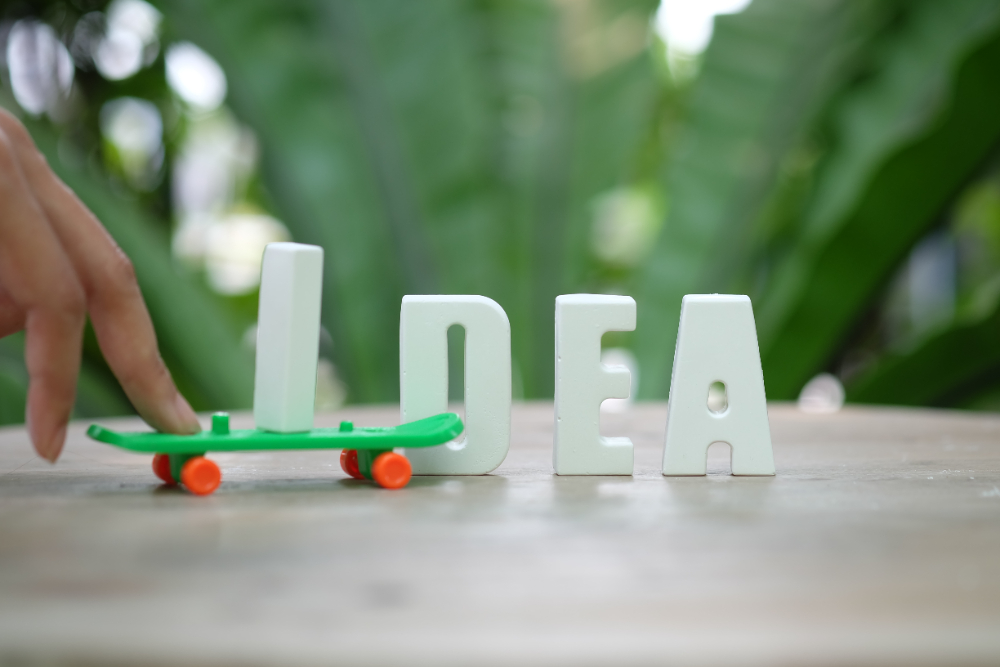
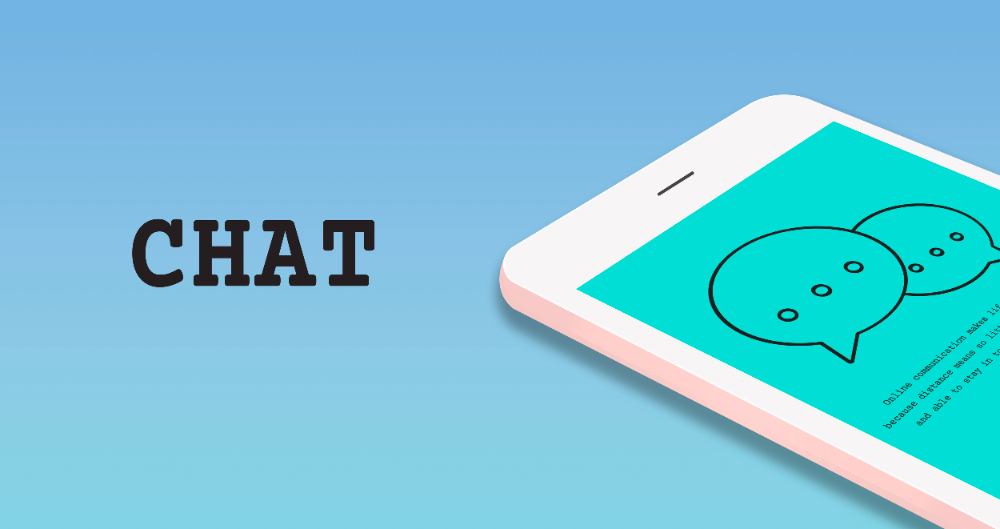
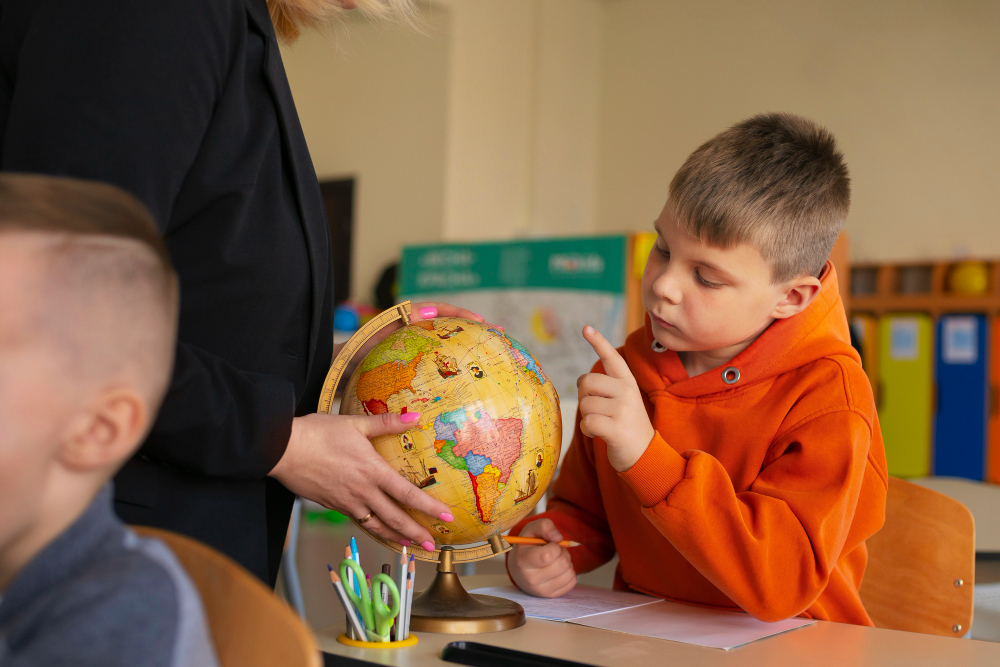
Comments are closed.